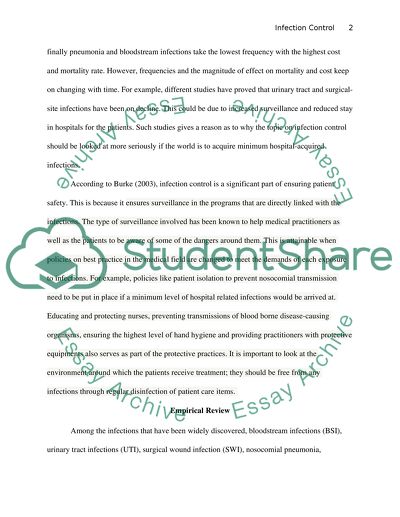Cite this document
(“Infection Control Research Paper Example | Topics and Well Written Essays - 2750 words”, n.d.)
Retrieved from https://studentshare.org/nursing/1397059-infection-control
Retrieved from https://studentshare.org/nursing/1397059-infection-control
(Infection Control Research Paper Example | Topics and Well Written Essays - 2750 Words)
https://studentshare.org/nursing/1397059-infection-control.
https://studentshare.org/nursing/1397059-infection-control.
“Infection Control Research Paper Example | Topics and Well Written Essays - 2750 Words”, n.d. https://studentshare.org/nursing/1397059-infection-control.


